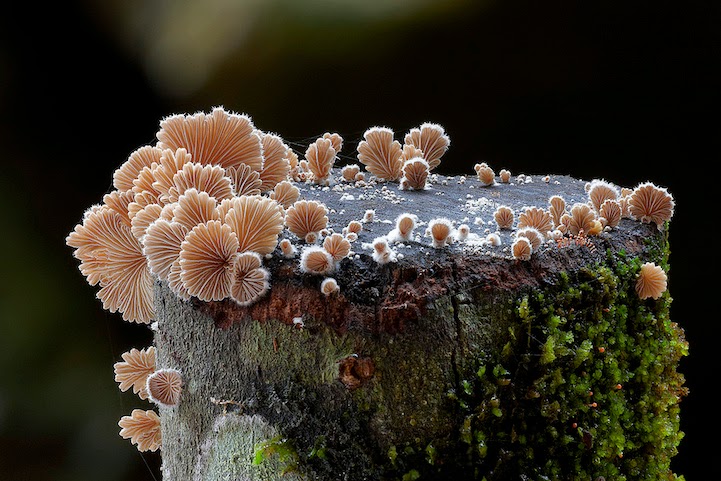There is something green and
alien looking, growing in South America. However; on first inspection you might
consider that it is some extraterrestrial species, using the remote grasslands
of the continent to start a foothold on planet Earth. Yet though alien this
looks, this green mass of cells has its origins very much on this world. This is called Yareta and it lives in
colonies which can be thousands of years old.
The rocks on the highlands of the
Andes look like they’re covered with moss. In fact, they’re a type of flowing
plant recognized as “Yareta” and it lives in colonies which can be thousands of
years old. Yareta (Azorella compacta) also famous as "Llareta" is a
flowering plant that belongs to the family of Apiaceae. The plant is grows in
the cold Puna grasslands of the Andes in Peru, Bolivia, northern Chile, and
western Argentina at altitudes between 3,200 and 4,500 meters, where the wind
blows continuously and the cold cracks even granite.
Therefore; to survive the severe conditions,
Yareta grows in packs so dense that its stems can take the weight of a human.
The plant keeps near to the ground in order to retain as much heat in as
possible. This also supports to resist the powerful high altitude wind, which
will tear up the roots of any plant. To prevents moisture loss through
evaporation the Yareta has wax covered leaves. This is another trick the Yareta
has cultured to survive the inhospitable mountains of the Andes is to grow exceptionally
slowly, almost at a geological speed of 1.5 cm a year. A large blob of Yareta
growing on the rocks can thus be thousands of years old. Many Yaretas are projected
to be over 3,000 years old. Yareta is dry and dense, and it burns well, like
peat, and was traditionally harvested for fuel. The amount of Yareta being
removed had become so noteworthy that it threatened the very existence of the
plant. Yareta is now a protected species and being such a slow grower, it has
also made it to the endangered list.
































